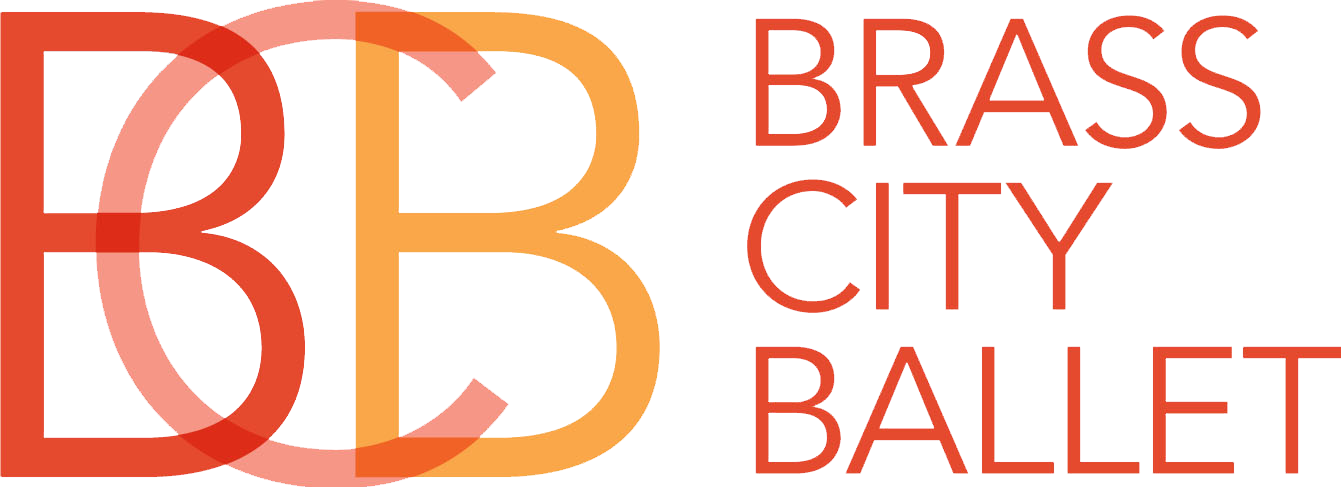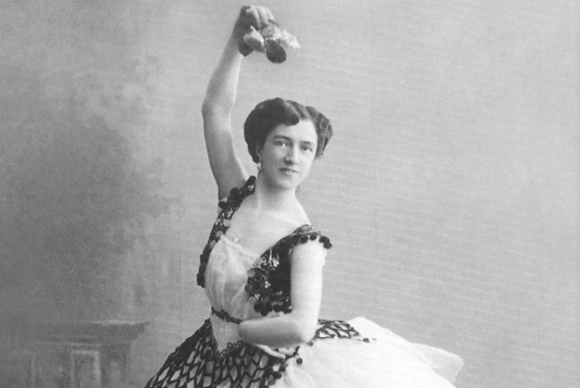Who is Agrippina Vaganova?
by Elizabeth Fisk Barisser, Artistic Director, Brass City Ballet
Born June 26, 1879, in St. Petersburg, Russia, Agrippina Vaganova attended the Imperial Ballet School, and upon graduating she joined the Imperial Ballet of the Maryinsky Theatre as a corps de ballet member. The Maryinsky Theatre in St. Petersburg was the home of famed choreographer, Marius Petipa (The Sleeping Beauty and The Nutcracker), and at the turn of the 19th century, its school and company produced dancers whom we revere today as some of the greatest dancers in history.
Despite her success as a dancer (she became known as the Queen of Variations because of her accomplished portrayal in these short and varied dances), Vaganova’s passion was teaching, and when she began her career as such, began a systematic and scientific analysis of all the existing ballet teaching methods and styles then in use. Using the best elements of each one, she fused them together to create a ballet syllabus that developed both athleticism and aesthetics. She dissected the basics elements of the ballet vocabulary and devised a way to teach them in the most efficient, logical, and progressive manner possible.
Her method is known for its training of the entire body, the fluid coordination of arms and legs connected through a strong torso, and the use of the head and épaulement (use of the shoulders). She believed that the ultimate state of the dancer was to be airborne, free of gravity, and her training method developed strong allegro work (ballet jumps).
My own training as a ballet dancer was a mixture of teaching methods from Cecchetti to R.A.D., all of them sound and reliable as teaching tools. My first exposure to the Vaganova Method was at Hartford Ballet, where I began my professional career. While there, the Hartford Ballet School decided to align its teaching curriculum with that of the Vaganova method and it was during those classes when I began to notice a significant change in my ballet technique. I got stronger, and my technique became more reliable. At the same time, the syllabus satisfied the artistic side of me that relished the detail and precise use of the head, shoulders, and arms. The method was demanding, and often times, we dancers who were being “converted” to this new training method railed and complained. But in the end, as we transformed into better dancers, we became believers. So, when it came time to select a system on which to base our training method at Brass City Ballet, I did not hesitate in choosing the Vaganova Method as the core foundation for our syllabus.
It has proven to be a highly adaptable method for us at BCB. Because of its inherent logic, it is suitable for the training of all body types at all levels of proficiency. As styles change or new information on the physiology of the human body emerges, we are able to incorporate them into our syllabus without altering the fundamental principles that Agrippina Vaganova propounded. She, herself, wrote, “Look at life all around; everything is growing, everything is moving forward. Therefore, I recommend…keeping in touch with life and with art.”
Bibliography & Sources
Basic Principles of Classical Ballet: Russian Ballet Technique, Agrippina Vaganova
School of Classical Dance, V. Kostrovitskaya & A. Pisarev
101 Lessons in Classical Ballet, Vera Kostrovitskaya
Society of Russian Ballet – www.societyofrussianballet.org

